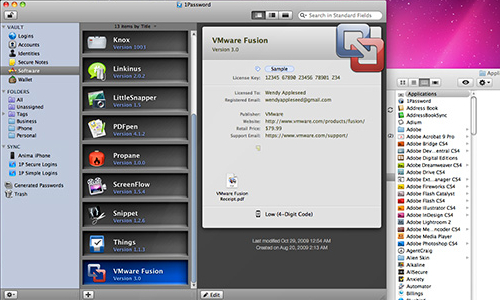

KYPASS APP NOT WORKING ON MAC UPDATE
This includes a fake Windows update distributing the Magniber ransomware – a threat that has been around since at least 2017 – and attacks that used fake Microsoft Edge and Google browser updates to push the Magnitude exploit. Trend Micro in the first quarter detected and blocked more than 4.4 million ransomware threats coming through email, URLs and file layers, a 37 percent quarter-over-quarter increase, according to the cybersecurity vendor's Smart Protection Network, which collects and identifies threats. HavanaCrypt is feeding into the growing onslaught of ransomware families and attacks. This might be an indication that HavanaCrypt is still in its development phase." "It should be noted that HavanaCrypt also encrypts the text file foo.txt and does not drop a ransom note. "It is highly possible that the ransomware's author is planning to communicate via the Tor browser, because Tor's is among the directories that it avoids encrypting files in," the researchers wrote.

KYPASS APP NOT WORKING ON MAC PASSWORD
Using a C2 server that is part of Microsoft's web hosting services is unusual, the Trend Micro researchers wrote.ĭuring encryption, HavanaCrypt uses the CryptoRandom function in KeePass Password Safe – an open-source password management tool used mostly for Windows – to generate random keys, appending the ".Havana" extension to the encrypted files. All of that is sent to the malware's control-and-command (C2) server, which is the Microsoft web hosting service IP address, another maneuver to evade detection. It collects information on the system – the unique identifier (UID) – from the number of processors cores, the chip's ID and name, the motherboard manufacturer and name, the product number and the version of the BIOS. NET to implement threat pooling for other payloads and encryption threads The malware also uses the QueueUserWorkItem function in. HavanaCrypt subsequently puts executable copies of itself in both the "ProgramData" and "StartUp" folders, makes them hidden system files and disables the Task Manager. The malware terminates more than 80 processes, including those that are part of database-related applications like Microsoft SQL Server and MySQL as well as desktop software, such as Office and Steam. Once it verifies that the victim's system isn't running in a VM, HavanaCrypt downloads a file from Microsoft's web hosting service IP address, saves it as a batch file and runs it.


 0 kommentar(er)
0 kommentar(er)
